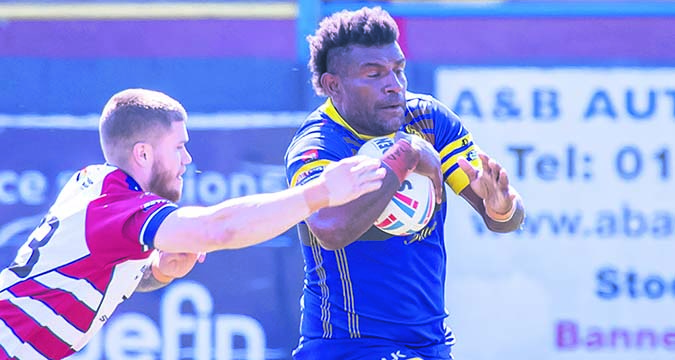 The Kumul who's an honorary Cumbrian
Having made a huge impact in a decade at the Recreation Ground, Jesse Joe Parker played his last game for Whitehaven in 2021.
He made his Papua New Guinea debut in 2007 and has played in two World Cups and a Four Nations tournament. Parker still lives in Cumbria and has just become the coach of Hensingham.
The Kumul who's an honorary Cumbrian
Having made a huge impact in a decade at the Recreation Ground, Jesse Joe Parker played his last game for Whitehaven in 2021.
He made his Papua New Guinea debut in 2007 and has played in two World Cups and a Four Nations tournament. Parker still lives in Cumbria and has just become the coach of Hensingham. Rugby League Heroes: Jesse Joe Parker
 The Kumul who's an honorary Cumbrian
Having made a huge impact in a decade at the Recreation Ground, Jesse Joe Parker played his last game for Whitehaven in 2021.
He made his Papua New Guinea debut in 2007 and has played in two World Cups and a Four Nations tournament. Parker still lives in Cumbria and has just become the coach of Hensingham.
The Kumul who's an honorary Cumbrian
Having made a huge impact in a decade at the Recreation Ground, Jesse Joe Parker played his last game for Whitehaven in 2021.
He made his Papua New Guinea debut in 2007 and has played in two World Cups and a Four Nations tournament. Parker still lives in Cumbria and has just become the coach of Hensingham. 